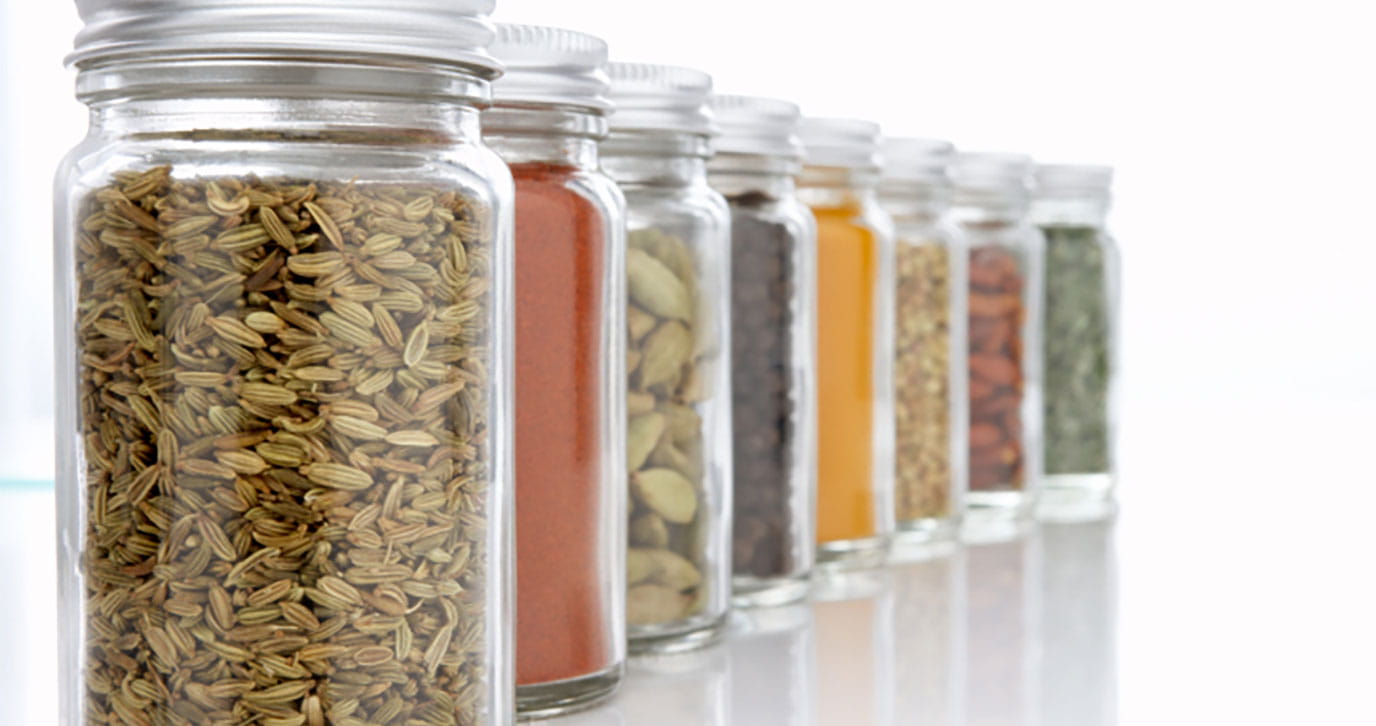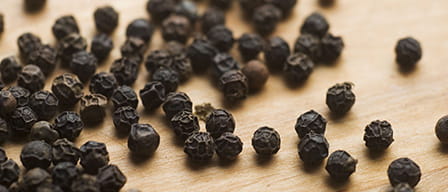
Anise


Pimpinella anisum L. (family Umbelliferae or Apiaceae) is an annual, grassy herb in the celery and parsley family native to Egypt and the Eastern Mediterranean region. It is also called aniseed in English and has other international local names such as hui qin (Chinese), anis (French and German), anacio (Italian), boucage anis (North Africa), jinten anis (Indonesia and Malaysia) and anison or yanson (Arabic).
This aromatic plant can grow up to 3 feet tall with leaves that are simple and long-stalked near the base transitioning to compound and shorter stalks up higher on the stem. It has small yellowish white flowers that form loose umbrella-like clusters. The fruit (also called the seed) when ripe and dry splits into single-seeded parts. The valued essential oil that is used for flavoring and fragrances is dominated by the organic chemical trans-anethole. Anise seed should not be confused with other unrelated plants that may be referred to as anise such as Chinese star anise (Illicium verum), which has a similar flavor profile, and Japanese star anise (Illicium anisatum). Other unrelated plant cultivars also may be called anise or sweet anise due to a taste that is like anise seed. From sites of ancient cultivation in the Mediterranean area anise spread to Central Europe in the Middle Ages and currently is widely cultivated in North and South America and Asia. In the international market anise seed is grouped together with other spices into a general classification called “spice seeds” which makes determining details of specific sources and levels of global production unavailable.


Anise was known to be used not only in ancient Egypt but also by the Greeks and Romans. It was brought to India from Persia and eventually to China around 1200 CE. European settlers brought anise to the colonial United States where apparently the Virginia Assembly for a period of time required that anise seed be grown in household gardens.
For thousands of years Pimpinella anisum seeds were used traditionally in many countries for the treatment of numerous disorders and diseases. For example, in ancient times, anise seed was used to aid childbirth and stimulate milk production and ancient medical books described its anti-asthma and anticonvulsant effects. In ancient Islamic medicine, the seeds were considered effective for the relief of pain, gastrointestinal distress, paralysis, for improving kidney function, and for treating facial disorders. Iranian folk medicine recommended the seeds for treating epilepsy, melancholy, nightmares, and seizures, while in Egypt and Lebanon this plant was used to treat digestive and respiratory ailments. In Morocco, the seeds of anise were used as an aphrodisiac, as well as a remedy for menstrual pains, diabetes, and diverse respiratory problems. In Turkish medicine, anise was considered as an agent to fight infections, inflammation, and liver disorders.
The anise plant has white flowers as well as yellowish gray to yellowish‐brown oval seeds that resemble those belonging to other plants of the same family.

Anise seed has a characteristic sweet, aromatic flavor, which some describe as licorice-like, that is pleasant when chewed. Both the seeds and leaves have the anise flavor.
Anise has quite a variety of uses in preparation of foods and beverages. Anise seeds either whole or ground can be used in recipes. Anise seed commonly is used to flavor pastries, cakes and cookies. For example, it is an ingredient in many regional and ethnic confectioneries, such as British aniseed balls, Australian humbug candy, New Zealand aniseed wheels, Italian pizzelle waffle cookies, German springerle biscuits, Austrian anisbögen cookies, Dutch muisjes candy, and Peruvian picarones doughnuts. In the Mediterranean region and in Asia, anise seed also is widely used in meat and vegetable dishes. In Indian cuisine it enhances the flavor of soups and fish dishes. In Italy, sausage, pepperoni and other processed meat products contain anise. Even freshly chopped leaves can be added to cheese spreads, dips or salads, while roots and stems can impart a mild flavor to soups and stews. Anise is a key ingredient in teas and can be one of many ingredients added to corn-based Mexican atole drinks to create different, unique flavors. In some countries, anise imparts a special flavor to regional liquors. For example, in the Mediterranean area, many anise seed containing alcoholic drinks can be found like ouzo (Greek), anesone (Spain), pastis, and pernod (France), sambuca (Italy), zebib (Egypt), raki (Turkey, Armenia), and arak (Syria, Lebanon, Israel). Outside the Mediterranean region, it is found in Columbian aguardiente and Mexican Xtabentún. These liquors are clear, but on addition of water become cloudy, a phenomenon known as the ouzo effect.
When adding to cooked dishes it is best to add the leaves during the last few minutes of cooking so that the flavor will not be lost due to evaporation of the leaves’ essential volatile oil.
Our understanding of how anise and other spices and herbs potentially benefit health is growing. Using diverse spices and herbs as seasonings has been shown to unlock new flavors and tastes that enhance our enjoyment of numerous foods and vegetables, while reducing our intake of added saturated fats, sugar and sodium. Explore ways to incorporate various spices and herbs to create healthy meals and expand your culinary experiences. Learn about recommendations for building a balanced and healthy diet.

Anise

Basil

Bay Leaf

Black Pepper

Black Seed

Cardamom
